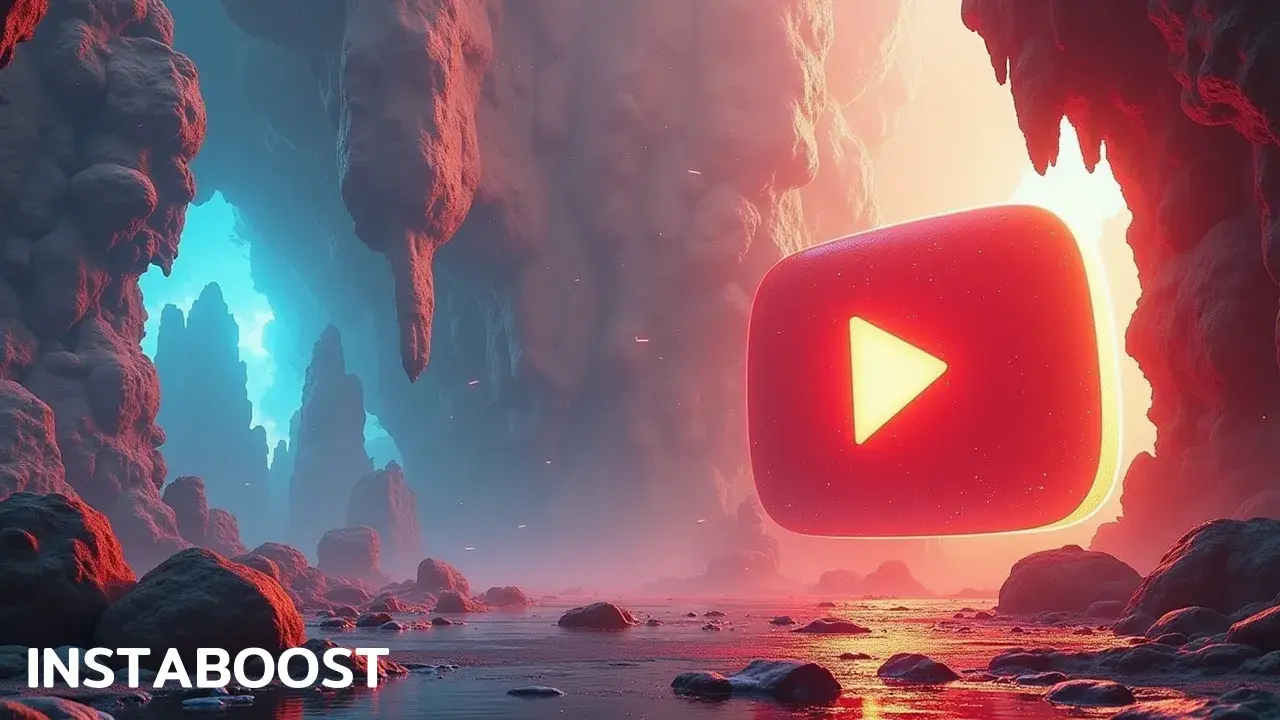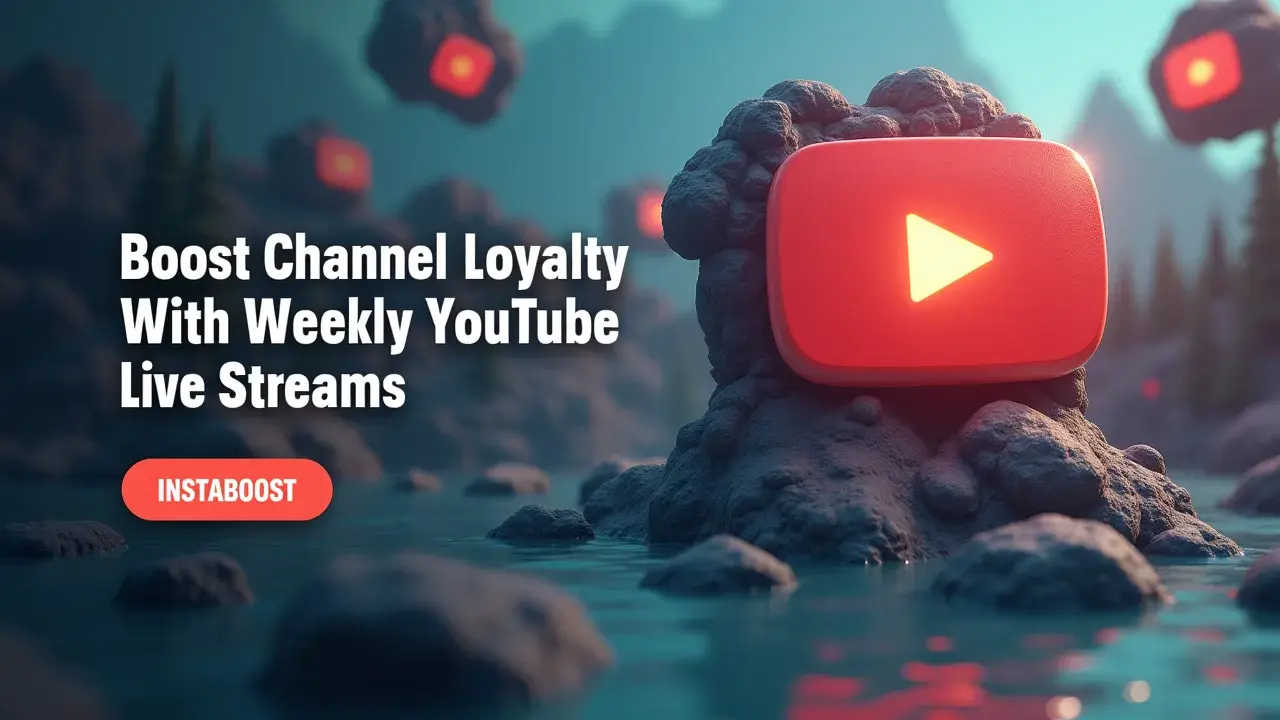How Do Weekly YouTube Live Streams Boost Channel Loyalty?
Weekly YouTube Live streams can strengthen audience connection and reinforce community identity. Consistent live sessions create real-time interaction, which can shift engagement from passive viewing to active participation and improve retention. Results depend on steady scheduling, relevant topics, and responsive moderation to keep discussions constructive. When aligned with audience interests and measured by returning viewers and chat activity, this cadence becomes a reliable path to deeper loyalty.
Why Weekly YouTube Live Streams Change the Game
YouTube isn’t only about polished videos. It’s a place where you can actually connect with the people watching on the other side. Lately, I’ve noticed that doing a live stream each week makes a real difference in building an audience that cares about what’s happening on the channel.
It’s more than sharing another pre-recorded video – when you go live, people can actually ask questions, share their own stories, or even nudge your plans in a new direction. That kind of back-and-forth does something that traditional uploads usually can’t manage. Over time, you start to see familiar names in the chat and jokes that carry from week to week.
It’s more than sharing another pre-recorded video – when you go live, people can actually ask questions, share their own stories, or even nudge your plans in a new direction. That kind of back-and-forth does something that traditional uploads usually can’t manage. Over time, you start to see familiar names in the chat and jokes that carry from week to week.
Not only does this make the whole process more interesting, it seems to help with the algorithm, too; live streams tend to bring people back and keep them engaged. Each session isn’t just “content” – it’s more like showing up for a standing appointment with friends who happen to care about the same things.
Sure, it takes coordination and energy, but the channel starts to feel different, more like an active place than a gallery of finished projects. If you want a channel that people look forward to visiting, leaning into regular live streams might be worth figuring out, even if it takes a while to get comfortable with it, especially if you're hoping to reach your YouTube goals over time.
Sure, it takes coordination and energy, but the channel starts to feel different, more like an active place than a gallery of finished projects. If you want a channel that people look forward to visiting, leaning into regular live streams might be worth figuring out, even if it takes a while to get comfortable with it, especially if you're hoping to reach your YouTube goals over time.

Why Consistency Builds Real Trust
A lot of people come into weekly YouTube Live streams thinking it’s mostly about uploading more often, expecting the algorithm to reward them just for showing up. But after a while, you start to notice that viewers can tell the difference between someone who’s simply ticking the boxes and someone who actually cares about being present. Trust doesn’t come from checking off a schedule – it grows when you show up in a way people can rely on. When you stream at the same time every week, it’s less about the algorithm and more about showing people you’re really going to be there, like meeting the same friend at the same café each Sunday.
Over time, viewers settle into that routine with you, and your channel becomes more than a collection of uploads – it starts to feel like a place to spend time. Regular uploads might help with the algorithm, sure, but that’s really only part of what makes people stick around. Most subscribers want to know you’re not just here for a viral moment or chasing numbers; they want to see that you mean to stay. Weekly live streams give you that chance, week after week, to show you’re not going anywhere. That’s what starts to make your channel matter to people, no matter if you’re on your own or using something like INSTABOOST – and honestly, when you realize that connection is what keeps things growing, channel growth made easy isn’t just about numbers anymore. Once you get that, you look at growth a bit differently, and the numbers start to feel less important than the people who show up.
Strategy First: Prioritize Engagement Over Perfection
Even when you’ve mapped everything out, if you’re not clear about why you’re doing your live streams, things can easily drift. If the weekly YouTube lives end up as another box you tick off, it’s easy to overlook why anyone would stick around. It’s not really about posting faithfully or making sure your camera looks perfect. What people come back for is how you treat them while you’re live – the small things, like reading what they write in chat, following up on a question they asked last week, or letting your plans shift a bit because a good discussion took off. Over time, as you notice more familiar faces in chat and maybe even engage viewers with more likes, your stream starts to feel less like a broadcast and more like a place people belong.
Channels that last don’t get there just by nailing the technical side or having clever topics ready to go every time. It’s more about showing you notice who’s there and are willing to let the stream go wherever your community leads. If you never go beyond uploading on time or polishing your graphics but skip the back-and-forth, people drift away. When you invite your viewers to suggest ideas or help shape what happens next, the stream becomes theirs as much as yours. That kind of back-and-forth isn’t always neat, but it’s the part that makes them want to come back, even when nothing big is planned.
Why "Showing Up" Isn’t Enough
The idea sounds simple enough, but it’s not always that straightforward in practice. People talk about how running a weekly YouTube Live stream is key for building loyal viewers, but there’s more to it than showing up every Friday at 4pm. That schedule on its own doesn’t mean much unless it lines up with what your viewers actually care about. If you’re going live just to keep the numbers up or because you think the algorithm wants it, people pick up on that. Viewers these days can sense when something is a routine rather than something meaningful. They aren’t looking for more noise; they want a reason to pay attention.
What really makes weekly live streams work is when they become something people look forward to – not because of the frequency, but because there’s a sense of community, or even small things like inside jokes or moments that feel a bit different from everything else online. That’s often why people come back. It’s interesting, too, how many channels shift their approach once they get noticed with more views, as if the numbers change the energy in the room. Still, it’s not an easy thing to keep up.
You have to actually think about what you’re offering, not just keep the livestream going out of habit. Sometimes the right thing is to skip a week, or try something new, like inviting someone else to join or following what’s happening in the chat instead of sticking to a plan. Viewers notice when you’re paying attention, and that’s what makes them stick around. If you start treating your stream like a chore, they’ll see it, and they’ll start to drift away without saying much about it.
Make Your Streaming Habit a Launchpad, Not a Loop
Let’s stop for a second and think about what really happens between YouTube streams. Going live each week is useful, but what makes a difference is everything that happens in between. People are always deciding whether your channel feels like a place they want to spend time. Getting a regular group to show up is great, but it’s easy to slip into doing the same thing every week without much thought.
Each stream can be a piece of an ongoing conversation, rather than something you tick off the list. When the stream ends, it matters to stick around a little – maybe reply to some comments, start a question in your Community tab, or give a small hint about what you’re planning next. People notice when you pay attention to what they say, even in small ways, and it can change what you try next. Building real loyalty isn’t about how often you go live, but about making people feel like they’re seen, even when you’re not streaming.
Whether you’re looking at YouTube analytics or using a tool like INSTABOOST, what’s most useful is noticing what your viewers actually seem to care about, not just the numbers. Sometimes the things that matter most are the moments when people connect after the stream, or when they spread awareness with shares because something resonated. The channels that people remember are usually the ones where streaming feels like it’s meant to include everyone, and where things shift a bit based on what’s happening right now. When one stream ends, you can keep that energy moving forward, and maybe that’s what brings people back.
Turning Viewers Into Regulars: The Real Payoff of Consistent Live Streams
Channel loyalty isn’t really about sticking to a perfect upload schedule or never missing a stream – it’s more about becoming someone your viewers actually want to spend time with. When you go live on YouTube at the same time every week, it gives people something regular to look forward to, and they start to count on it. But honestly, being consistent is only part of it.
What matters more is how you actually interact during those streams and even in between them. When you take the time to notice people in the chat, remember what they’ve said before, or ask follow-up questions about things they mentioned last week, it makes a difference. It’s those small, real exchanges that stick with people. Sure, YouTube’s algorithm rewards you for showing up, but viewers are more likely to remember when you noticed they got a new job, or when you laughed at an inside joke they started a while back.
Over time, these regular check-ins turn your streams into more than background noise – they start to feel like a place where people can show up, talk about their day, or share an opinion that actually shapes what happens next. Sometimes it even seems like the process of growing your channel, whether it’s through experiment or when you simplify channel promotion, becomes almost secondary to the relationships you build. The streamers who pay attention, remember names, and actually use ideas from the chat end up building something that feels different, even if it’s not obvious right away. When you focus on real conversations, the chat slowly gets livelier, and you stop thinking about your channel as a list of videos. It starts to feel like a space that belongs to everyone who’s there, and you don’t need a big subscriber count to notice the shift.















